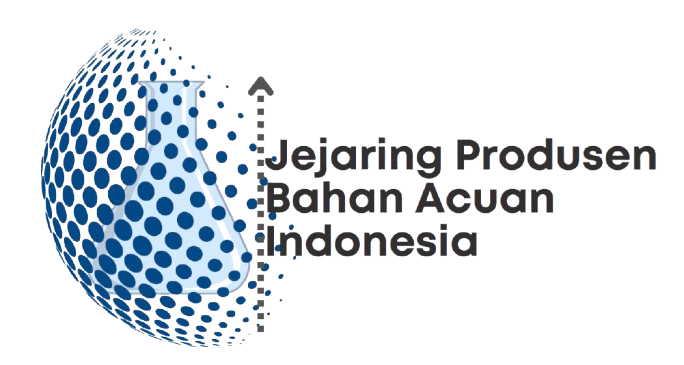In the competitive world of performance marketing, retargeting has emerged as a powerful strategy to enhance conversion rates. By re-engaging users who have previously interacted with your brand, retargeting helps remind them of their interest and encourages them to complete desired actions. Here’s how to effectively leverage retargeting to boost conversions.
1. Understanding Retargeting
Retargeting, also known as remarketing, involves displaying ads to users who have visited your website or engaged with your content but did not convert. This strategy keeps your brand top-of-mind and encourages potential customers to return and complete their purchase or sign-up.
2. Segmenting Your Audience
To maximize the effectiveness of your retargeting campaigns, segment your audience based on their behavior. For instance, you can create different ads for users who abandoned their shopping carts, those who viewed specific products, or visitors who spent a certain amount of time on your site. Tailoring your message to these segments increases the likelihood of conversion.
3. Crafting Compelling Ads
Your retargeting ads should be visually appealing and include a clear call-to-action (CTA). Use dynamic ads that showcase the exact products users viewed, or offer special discounts to entice them back. The goal is to create a sense of urgency and remind them of what they’re missing.
4. Utilizing Multiple Platforms
Retargeting can be implemented across various platforms, including social media, Google Display Network, and email marketing. By diversifying your retargeting efforts, you can reach users in different contexts and increase the chances of conversion.
5. Monitoring and Optimizing Campaigns
Regularly analyze the performance of your retargeting campaigns. Track metrics such as click-through rates (CTR), conversion rates, and return on ad spend (ROAS). Use this data to optimize your ads, adjust your targeting, and refine your messaging for better results.
6. Implementing Frequency Caps
While retargeting is effective, bombarding users with ads can lead to ad fatigue. Implement frequency caps to limit how often your ads are shown to the same user. This approach helps maintain user interest without overwhelming them.
Conclusion
Retargeting is a vital component of performance marketing that can significantly boost conversions. By understanding your audience, crafting compelling ads, and continuously optimizing your campaigns, you can effectively re-engage potential customers and drive them toward conversion. Embrace retargeting as a strategic tool to enhance your marketing efforts and achieve your business goals. Using Retargeting to Boost Conversions in Performance Marketing
In the competitive world of performance marketing, retargeting has emerged as a powerful strategy to enhance conversion rates. By re-engaging users who have previously interacted with your brand, retargeting helps remind them of their interest and encourages them to complete desired actions. Here’s how to effectively leverage retargeting to boost conversions.
1. Understanding Retargeting
Retargeting, also known as remarketing, involves displaying ads to users who have visited your website or engaged with your content but did not convert. This strategy keeps your brand top-of-mind and encourages potential customers to return and complete their purchase or sign-up.
2. Segmenting Your Audience
To maximize the effectiveness of your retargeting campaigns, segment your audience based on their behavior. For instance, you can create different ads for users who abandoned their shopping carts, those who viewed specific products, or visitors who spent a certain amount of time on your site. Tailoring your message to these segments increases the likelihood of conversion.
3. Crafting Compelling Ads
Your retargeting ads should be visually appealing and include a clear call-to-action (CTA). Use dynamic ads that showcase the exact products users viewed, or offer special discounts to entice them back. The goal is to create a sense of urgency and remind them of what they’re missing.
4. Utilizing Multiple Platforms
Retargeting can be implemented across various platforms, including social media, Google Display Network, and email marketing. By diversifying your retargeting efforts, you can reach users in different contexts and increase the chances of conversion.
5. Monitoring and Optimizing Campaigns
Regularly analyze the performance of your retargeting campaigns. Track metrics such as click-through rates (CTR), conversion rates, and return on ad spend (ROAS). Use this data to optimize your ads, adjust your targeting, and refine your messaging for better results.
6. Implementing Frequency Caps
While retargeting is effective, bombarding users with ads can lead to ad fatigue. Implement frequency caps to limit how often your ads are shown to the same user. This approach helps maintain user interest without overwhelming them.
7. Leveraging Email Retargeting
In addition to display ads, consider using email retargeting to reach users who have shown interest in your services. Sending personalized follow-up emails can remind them of their previous interactions and encourage them to return to your site.
Conclusion
Retargeting is a vital component of performance marketing that can significantly boost conversions. By understanding your audience, crafting compelling ads, and continuously optimizing your campaigns, you can effectively re-engage potential customers and drive them toward conversion. To master these skills and more, consider enrolling in a Performance Marketing course. This course will provide you with the knowledge and tools necessary to implement effective retargeting strategies and enhance your overall marketing efforts. Embrace retargeting as a strategic tool to achieve your business goals and take your performance marketing to the next level!
